One of the most important curators of the artistic scene in Chile is Rodolfo Andaur (Iquique, 1979) who is about to initiate one of his most notable projects entitled “Managing New Displacements from Geography”, which in its 2018 version will feature the participation of more than thirty curators, researchers and visual artists, and is consolidated as a space for dialogue and debate on the comparisons that appear in Chilean geography.
By Carolina Martínez Sánchez | Translation: Cecilia Polo | Images courtesy of Rodolfo Andaur | Portrait: Josefina Astorga for Antenna
Born in Iquique in 1979, Rodolfo Andaur has been widely regarded as one of the most important curators of the artistic scene in Chile and one of the few agents who has been able to articulate a strong recognition from Northern Chile to the international scene, as endorsed by world-class curators José Roca (Colombia), Ute Meta Bauer (Germany-Singapore) and recently, Charles Esche (Scotland-Holland) who recommended him as a candidate for Artistic Director of MALBA (Museo de Arte Latinoamericano de Buenos Aires).
At the moment, Rodolfo Andaur is about to initiate one of his most notable projects entitled “Managing New Displacements from Geography” which in its 2018 version will feature the participation of more than thirty curators, researchers and visual artists from Germany, Argentina, Australia, Brazil, Canada, Denmark, Spain, France, Indonesia, Ireland, Italy, Portugal, United Kingdom and Switzerland. With this international approach, the event has been consolidated as a space for dialogue and debate on the comparisons that appear in Chilean geography, its territorial framework and the way in which these analyses make it possible to build parallels with other contexts as geographically distant as Switzerland, Indonesia or Australia.
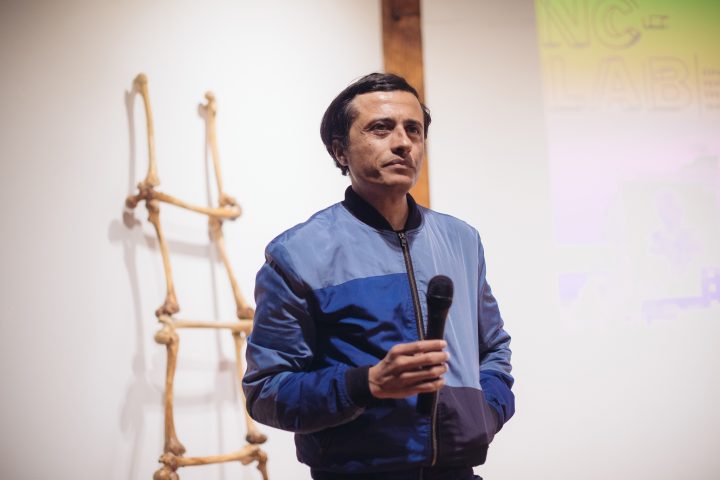
Carolina Martínez Sánchez: When did the first version of “Managing New Displacements from the Geography” take place and under what context did it appear on the scene?
Rodolfo Andaur: 2016 was the first year we began to promote the project under its current name. However, I can say that this way of touring through the Tarapacá region was born in June 2009 when I invited the visual artists Demian Schopf, Gonzalo Cueto and Jo Muñoz to an exhibition that I developed in the city of Iquique. From these experiences with them, we have met uninterruptedly every year in the month of July to organize the itinerary.
CMS: What are the ideas under which this type of project is installed in Chile and what are its main concerns or fears?
RA: Strictly, the main idea of the project has to do with the reflection on the historical and ethnographic context of the region, a situation that has allowed us to extend the same analysis to cities like Santiago and Valparaíso. In this sense, we have never felt fear when embarking on the project, but what we do have experienced is a feeling of restlessness and emotion. This arises among the Chilean participants who have been trained here, due to the conventionality that the academy has shown to be when facing geography and its inability to reflect on the political in current art.
CMS: For what you tell us, it is very clear that it is already a consecrated project, but I would like to know how you finance it.
RA: The Crear Foundation has provided us with a platform for various types of financing. The regional office of the Ministry of Cultures of Tarapacá has collaborated every year through its ‘Acceso’ program. Regrettably, the sluggish change of government has meant the new authorities do not fully understand the state policies that aim to promote artists and their projects. They do not acknowledge precisely the guidelines we have been working on for so many years. It is for all this that we miss the management of Milisa Ostojic, former director of the CNCA, National Council of Culture and the Arts of Tarapacá, a politician committed to the artists place in the region. The problem is that the current authority still does not understand the dynamics with which the artistic discourses are built, and I have serious doubts if she ever will. As artistic agents we cannot accept to be impugned on the course of art, an issue that is detrimental to the foundations of the same Ministry of Cultures, Arts and Heritage. Those who design ‘political quotas’ should demand more suitability for this position. It is unacceptable that the authority does not know its own role. The way of acting of the local ministerial management makes us think that the slogan “better times” obeys rather a market strategy that aims to overshadow even the most innocuous poetics that come out of the thinking of the political parties, precisely the ideas with which the real artists work.
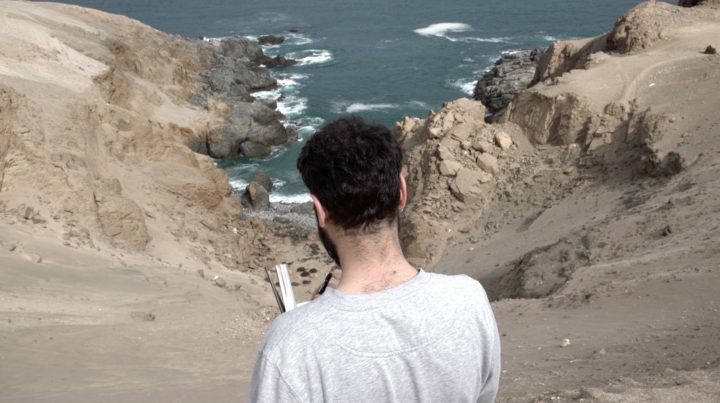
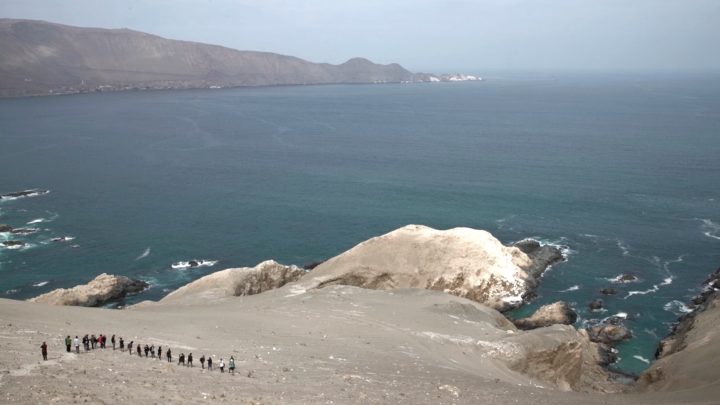
CMS: In several meetings and seminars, we have discussed this regrettable attitude of the new authorities, and we have also expressed our discontent through social networks. It seems that the institution itself was blind and determined to install ideas that are incoherent with reality. Now, I want to be optimistic and think that the case of what I see in the Tarapacá Region is not repeated in all the regions, that in other places there are suitable people who could be the engine within the Ministry of Cultures who can improve this situation in the visual arts.
RA: In these months of uncertainty within the Chilean ministerial institution, we have only received the support and strategic audacity of Varinia Brodsky, National Coordinator of Visual Arts based in Santiago. She has maintained the rigor to advance in a more inclusive national policy, possible to develop in all regions without exception, trying to make this policy considers other codes to constantly update the information and strategies with which visual artists create in a country with territorial complexities. To the surprise of many, in this case the centralization that I have criticized so much, effectively matches on this occasion within the context that allows a State policy on the matter. Without the collaboration of Varinia Brodsky we would not have finalized this 2018 version of the project. We also have the strong support of other entities such as the Pro Helvetia Coincidence program, the Goethe Institute, the Cultural Center of Spain, the British Council, the Faculty of Liberal Arts of the Adolfo Ibáñez University, Antenna Project and the Tajamar Foundation, among others. However, financing becomes scarce when one wants to produce a project outside of Santiago and under these circumstances.
CMS: With this support that you mention, what criteria or assumptions led you to manage an international event in July 2018, with the arrival in Chile of guests coming from as different and distant countries as Denmark or Indonesia?
RA: First, I must reaffirm that we did not implement a selection system, all have been welcomed to this initiative. Now, many of the participants have worked on the concept of landscape in their works, writings and reflections. From there I have related to certain ideas of other renowned curators and artists who have finally recommended who will be the final guests on this trip. This project, proposed as an artistic residence, seeks to expand the dialogue from a country as centralized as Chile to a vast and arid geography, working with artists from different regions and from other countries.
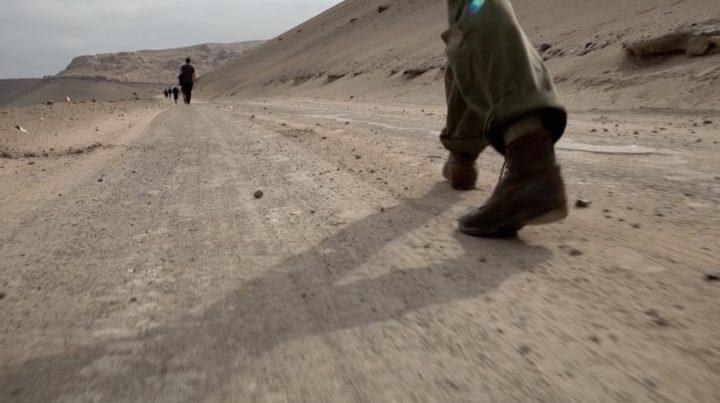
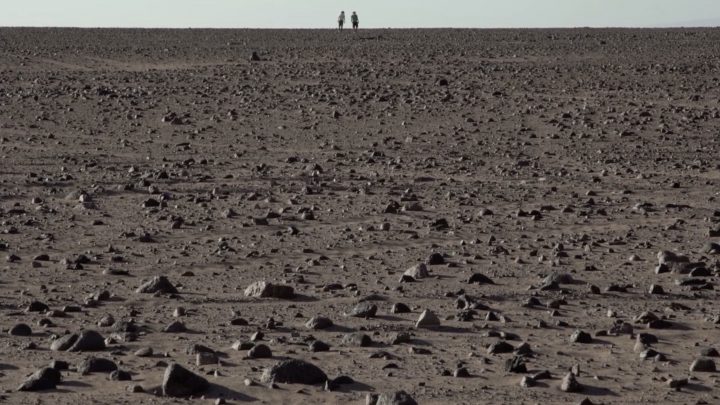
CMS: But how is it that the Chilean community and territory can really welcome and get involved in this process of encounter, creation and reflection?
RA: In general, the Chilean scene of contemporary art is quite far from global discourses. With just moving to cities such as Bogotá or Sao Paulo we realize that our scene has carried out more outdated than practical exercises to spread the current art. In Chile, the identification with Europe is stronger than with Latin America and this is certainly detrimental to the assimilation of what happens within our geographical margins. In this sense, this meeting in the north of the country is ‘acculturated’ by means of an international and multicultural connection much wider than that presented by the center of Chile. This is how year after year artists, local and national agents appear that have attracted the interest of international guests, generating various projects within and outside the region. Given these same ideas, artists who attend other regions of the country share the same language that allows them to interregionalize their projects. This has been growing exponentially. Finally, I can point out that many of the interesting dialogues that I have mentioned have arisen during walks where the body requires constant resetting.
CMS: Understanding the different imaginaries that are hosted by those who travel to be part of the project, how would you tell these narratives that begin to take shape before heading to the desert?
RA: It is essential to have a preface to deepen into what happens specifically with the scene of Santiago and Valparaíso. It is also necessary to articulate all questions that surround the curatorial work, from the same spaces where these projects are carried out, led by the institutions and under the aegis of the curators. At the same time, the main narrative that starts this trip allows us to see and appreciate how some cultural spaces that are supposed to be the academic and institutional epicenter, will then disappear before the rigor presented by the geography of the desert.
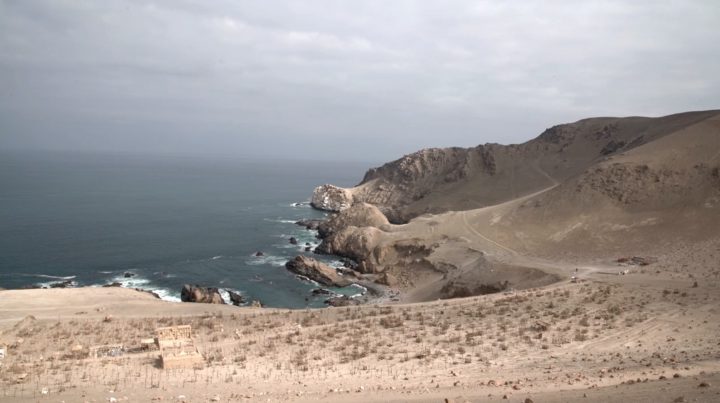
CMS: How has “Managing New Displacements from Geography ” evolved through its different editions?
RA: As director and producer of the project I believe that we are always changing the activities and we aspire to revitalize the dialogues between local, national and foreign guests. It is always necessary to re-invent the displacement. In this case we are all builders of this method. I mean, we all facilitate dialogues so that they are a constant against harsh weather, the temperature and even the luminosity. Nature plays a preponderant role in our pilgrimage.
CMS: How have the project and yourself been positioned within Latin America? Do you think it is possible to say that it has become a model or paradigm to be implemented in other places?
RA: There is no doubt that we are in the crosshairs of several analyses within the context of visual arts in the continent, so I dare to say that we are a model of field work among several other initiatives that work with parallel methodologies. For example, at the ends of South America we have Flora Ars + Natura in Bogotá (Colombia), in Santa Cruz (Bolivia) Kiosko Galería and its Km 0; and the Liquenlab project of visual artists Sandra Ulloa and Nataniel Álvarez in Punta Arenas (Chile). These are very inspiring projects for “Managing of New Displacements from Geography “. On the other hand, I must also mention that in this instance, we literally and metaphorically expand the context of displacement. The radius of execution is more extensive and therefore, much more dynamic.
CMS: What do you expect from this version, both at the level of artistic practice and critical thinking and what it could generate in the country and elsewhere? What is the best thing that could happen, without being so ambitious?
RA: This year we inaugurate an exhibition for the first time, that of the Danish art collective Lehman Brothers. Their proposal takes up the issue of saltpeter extraction and its consequences. As for the dynamics of critical thinking, that is always a surprise. We are all part of the organic material that succumbs to the landscape and the climate, remember that we are pilgrims. With all that I have said, we will undoubtedly have a version 2019, but for that version I hope, and I say it with great anxiety, to unite Antofagasta and Tarapacá. That was an achievement in 2014 which we did not repeat due to situations beyond our control.

 Español
Español